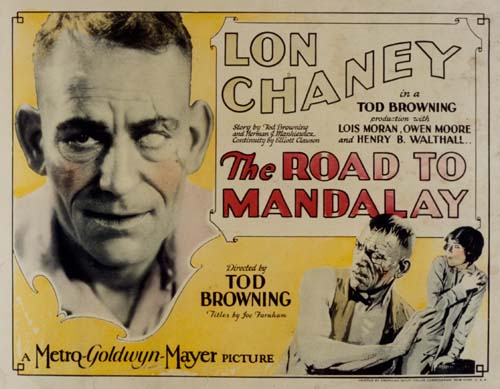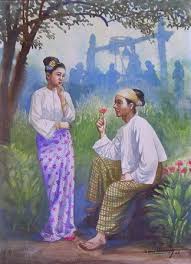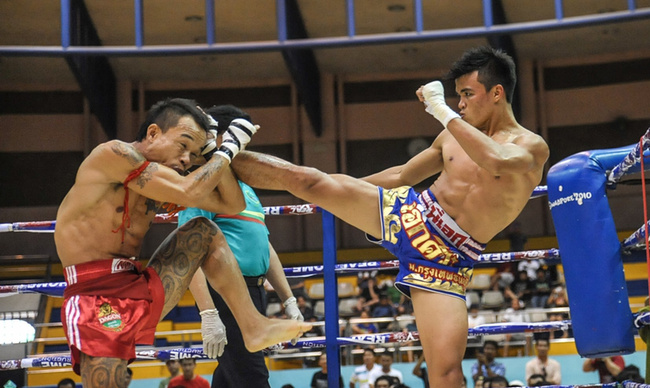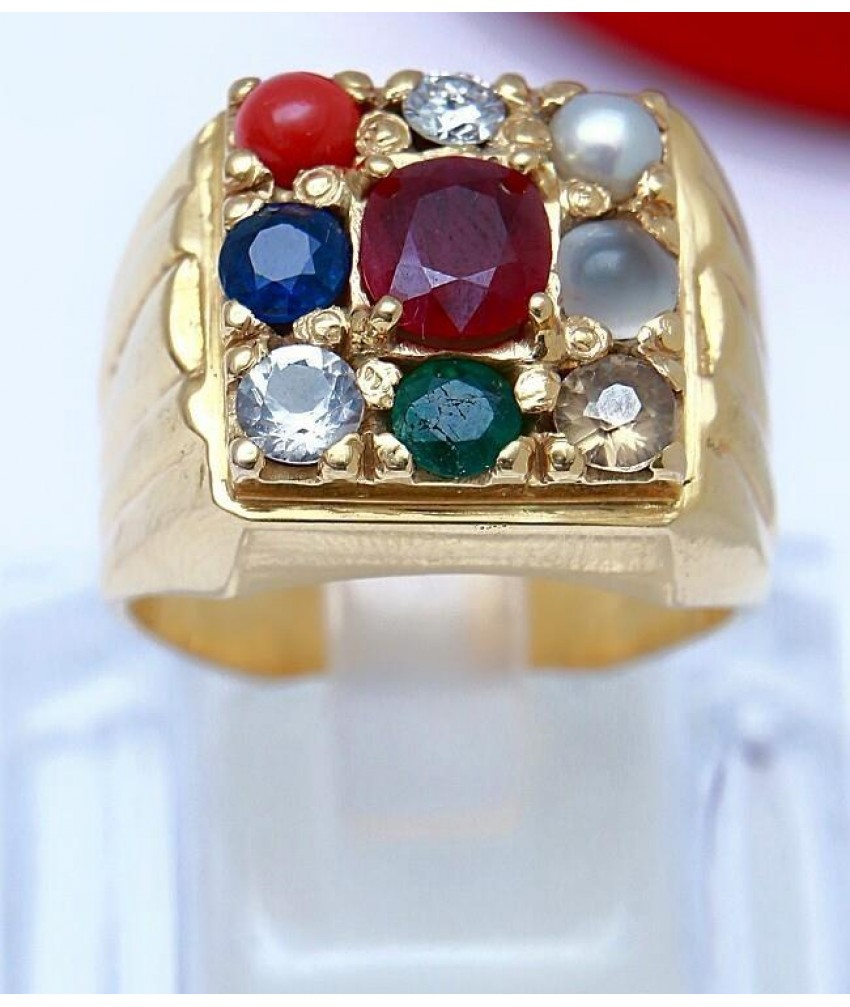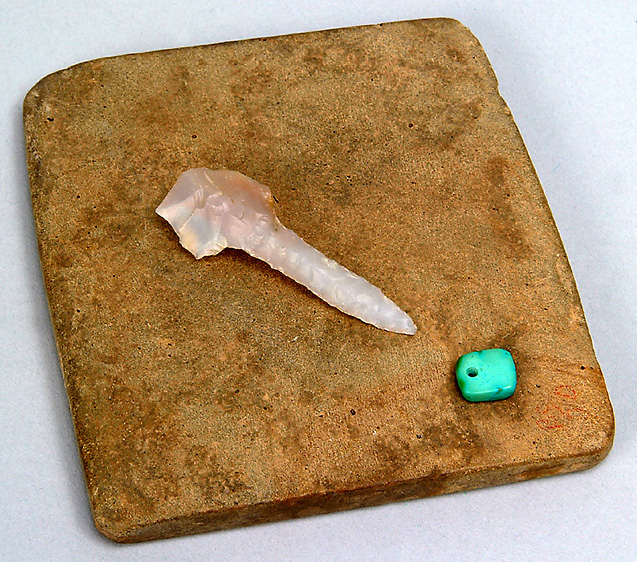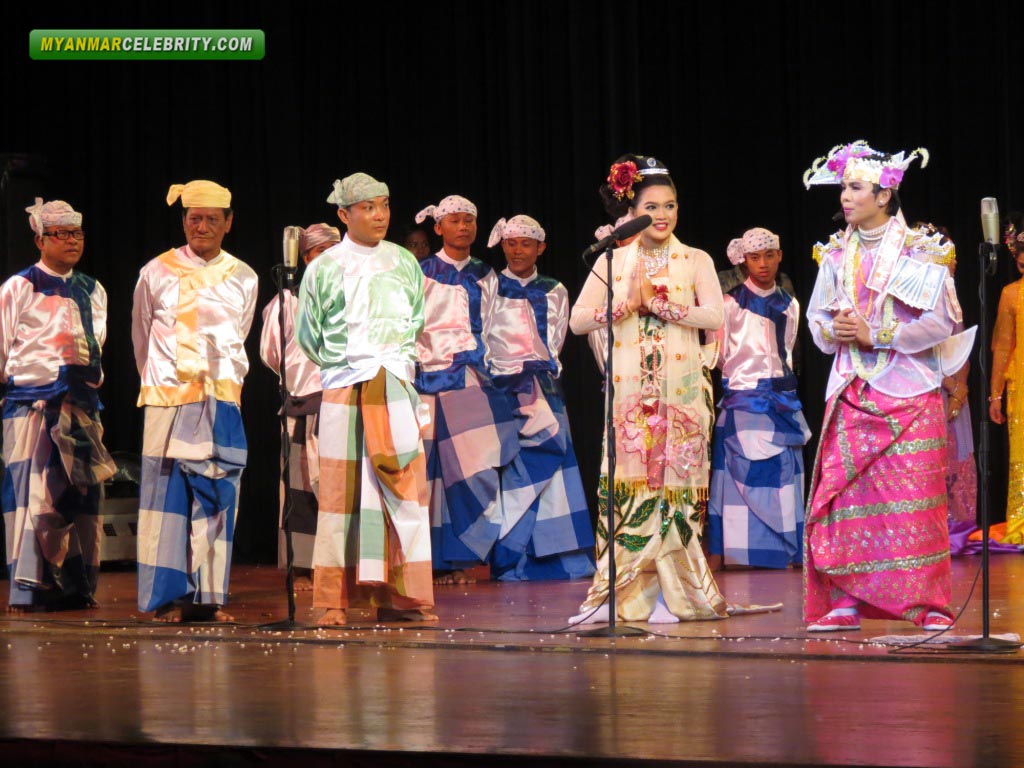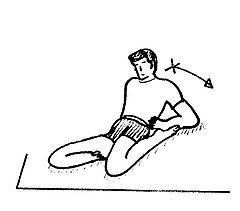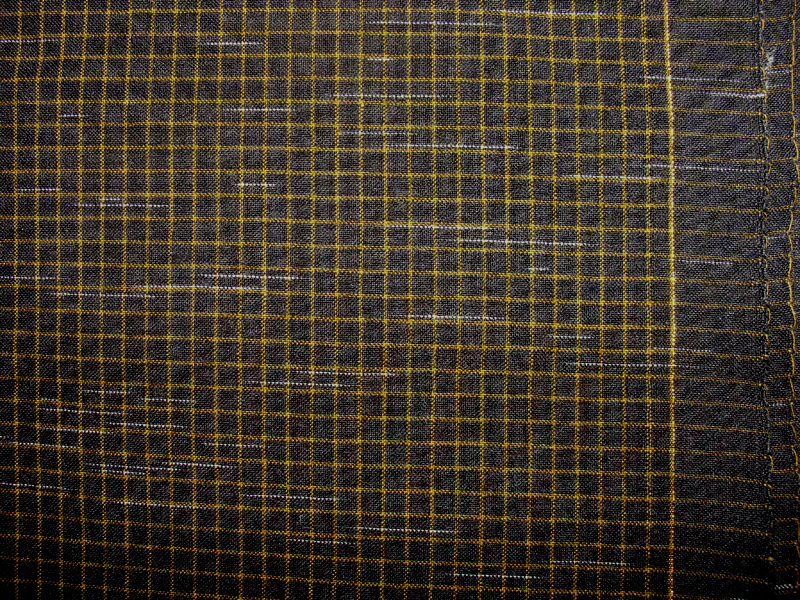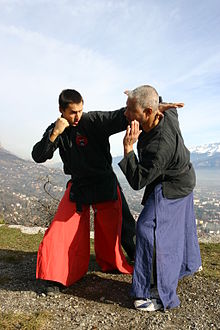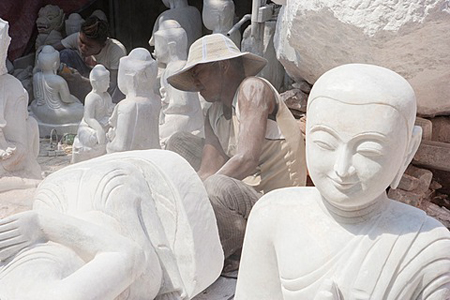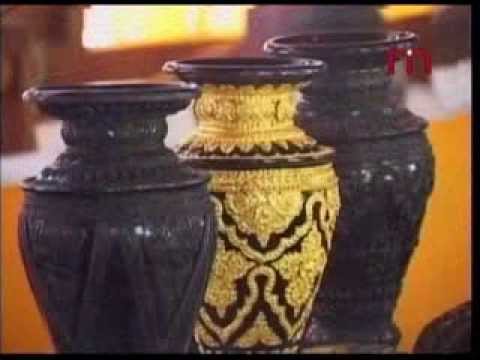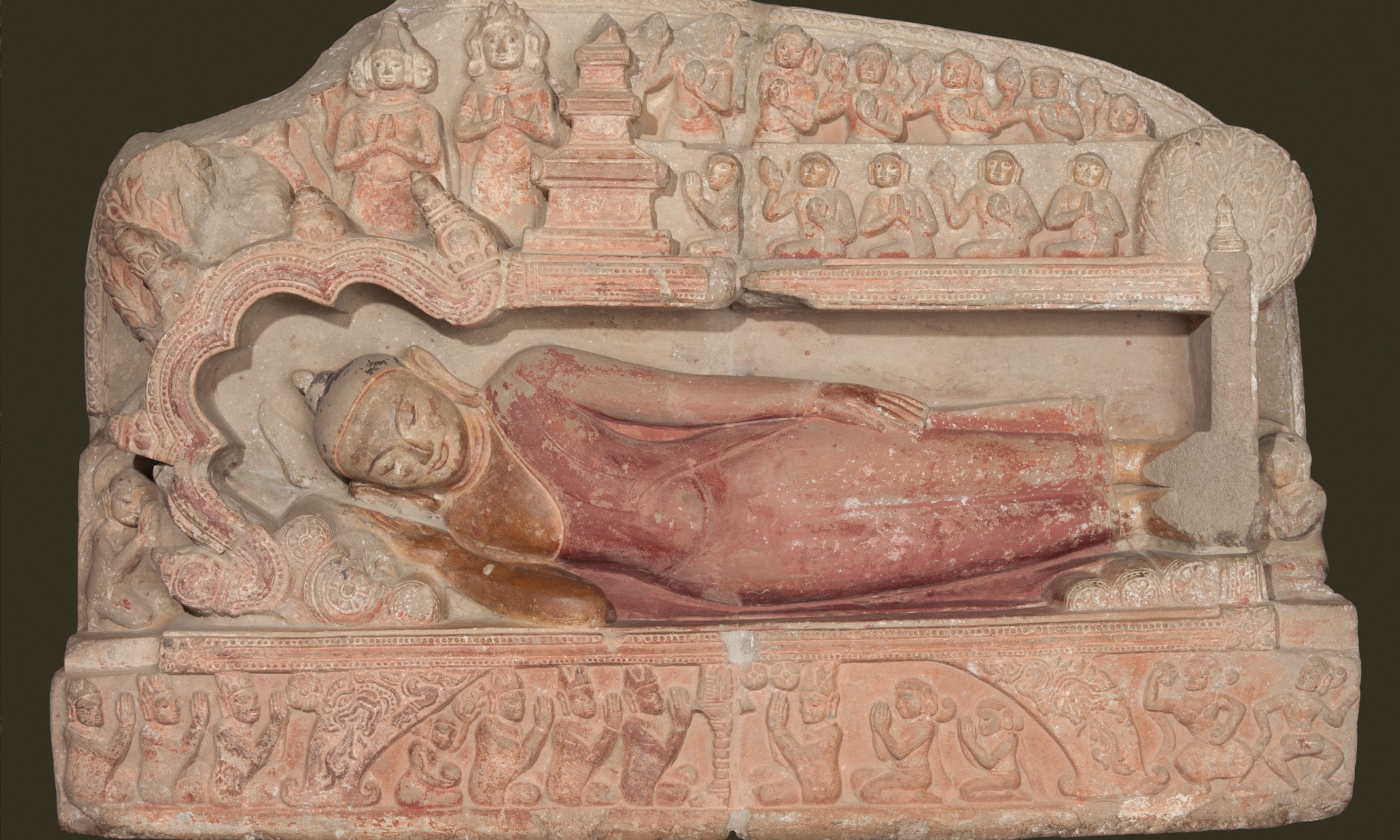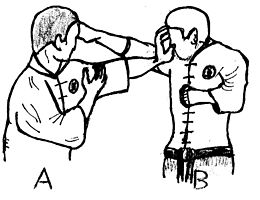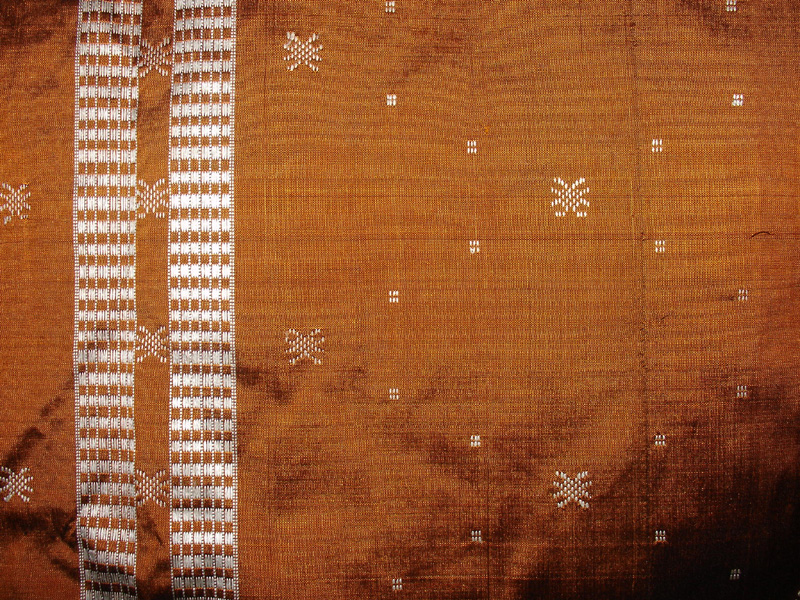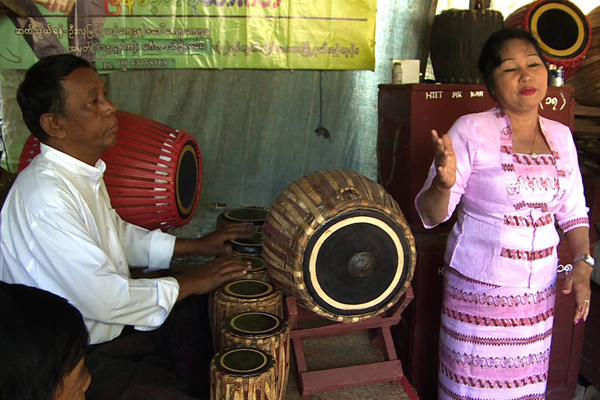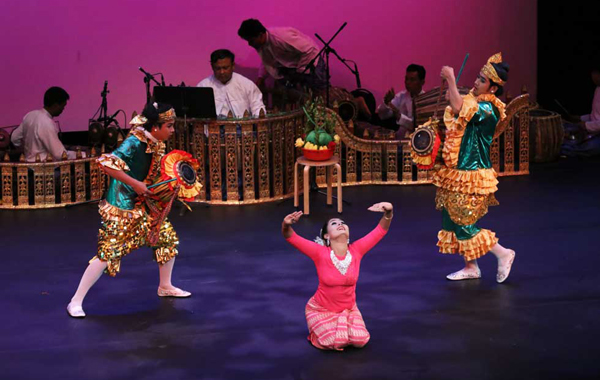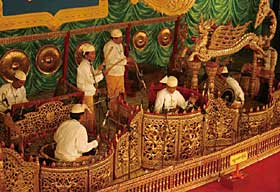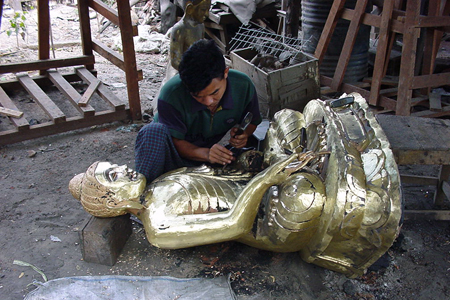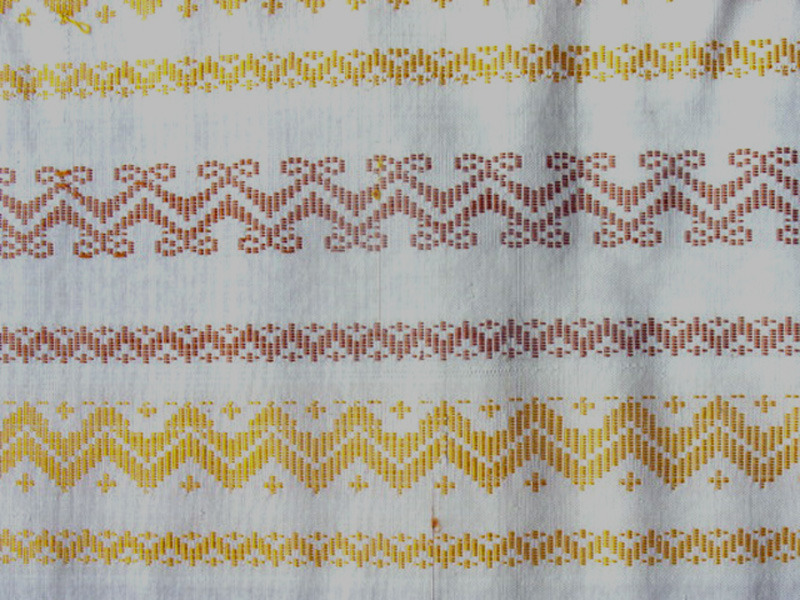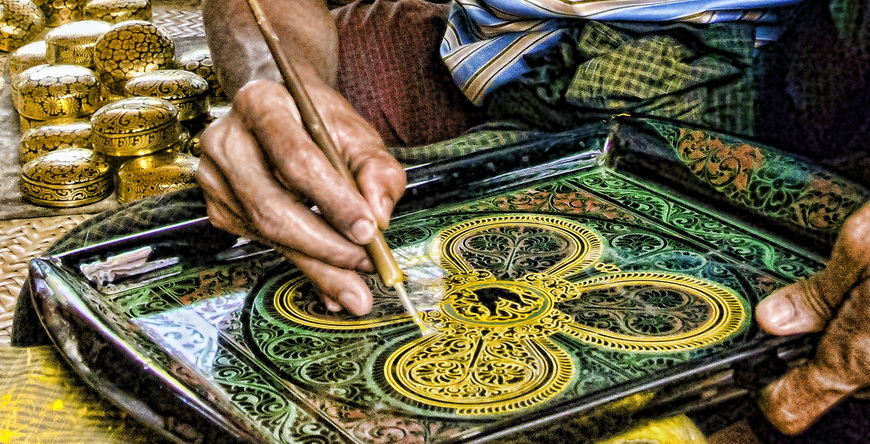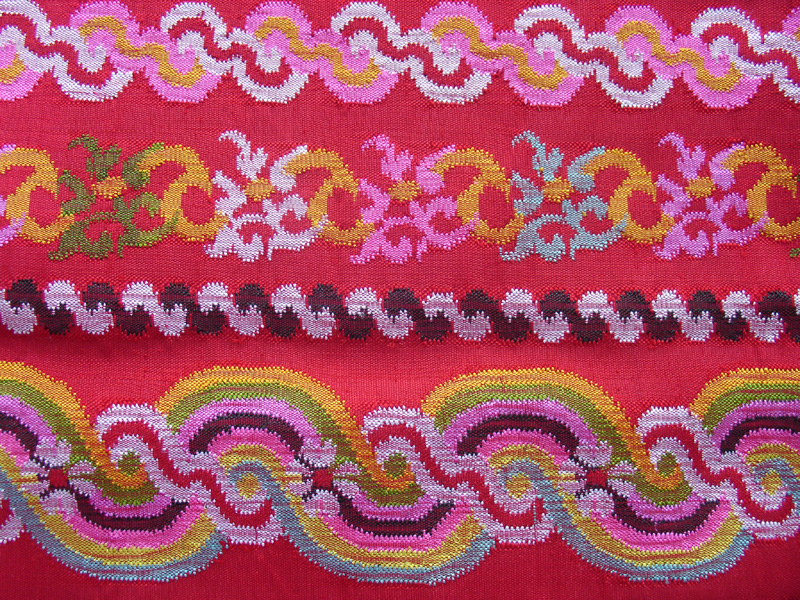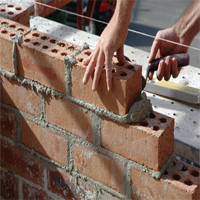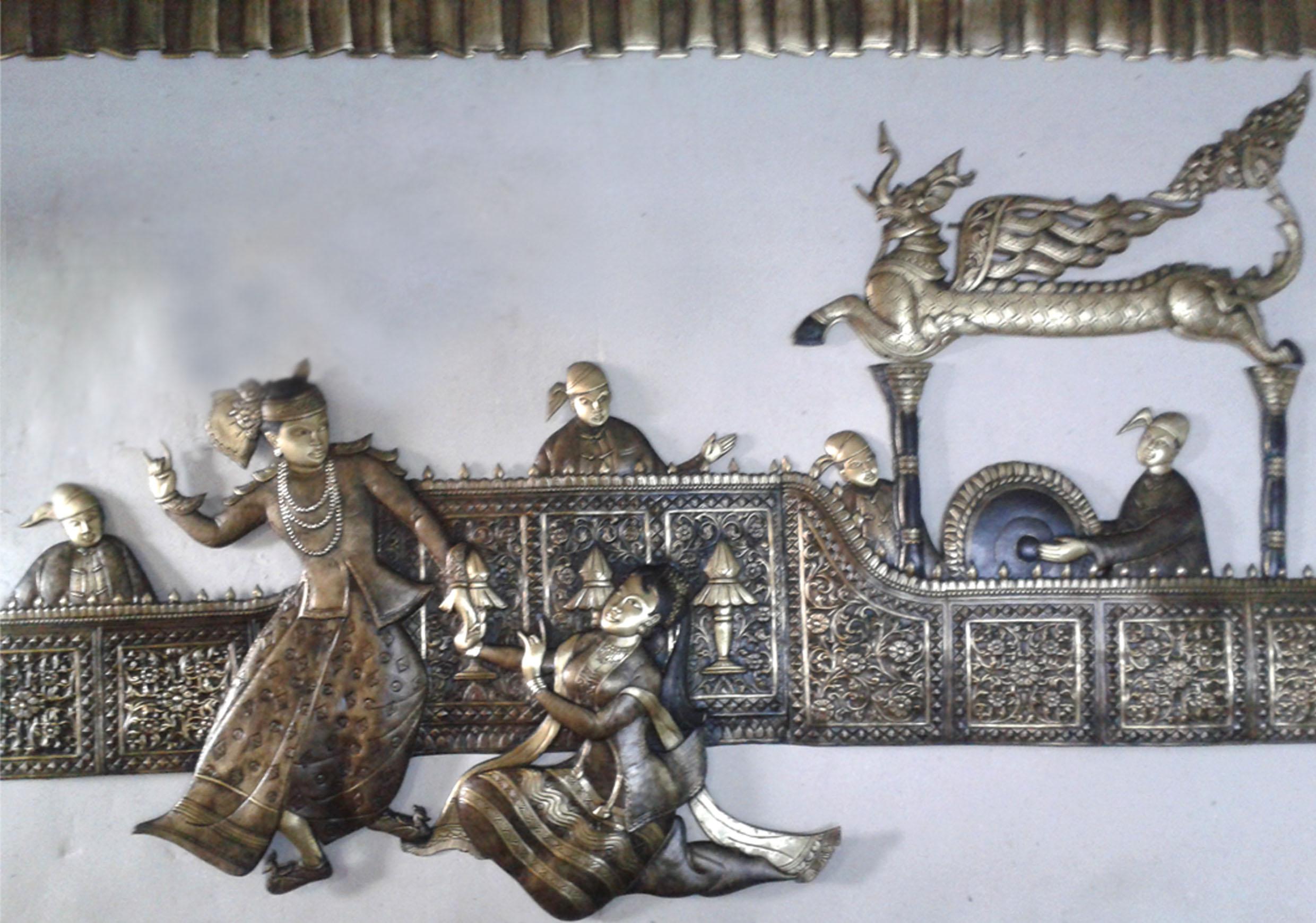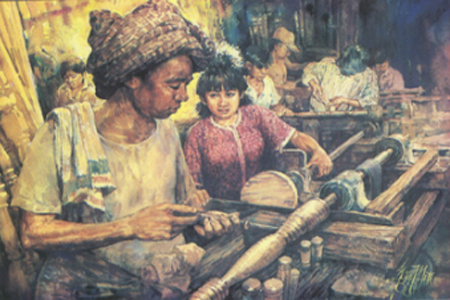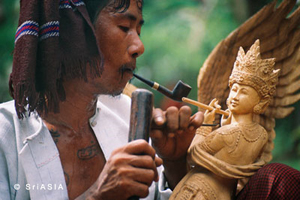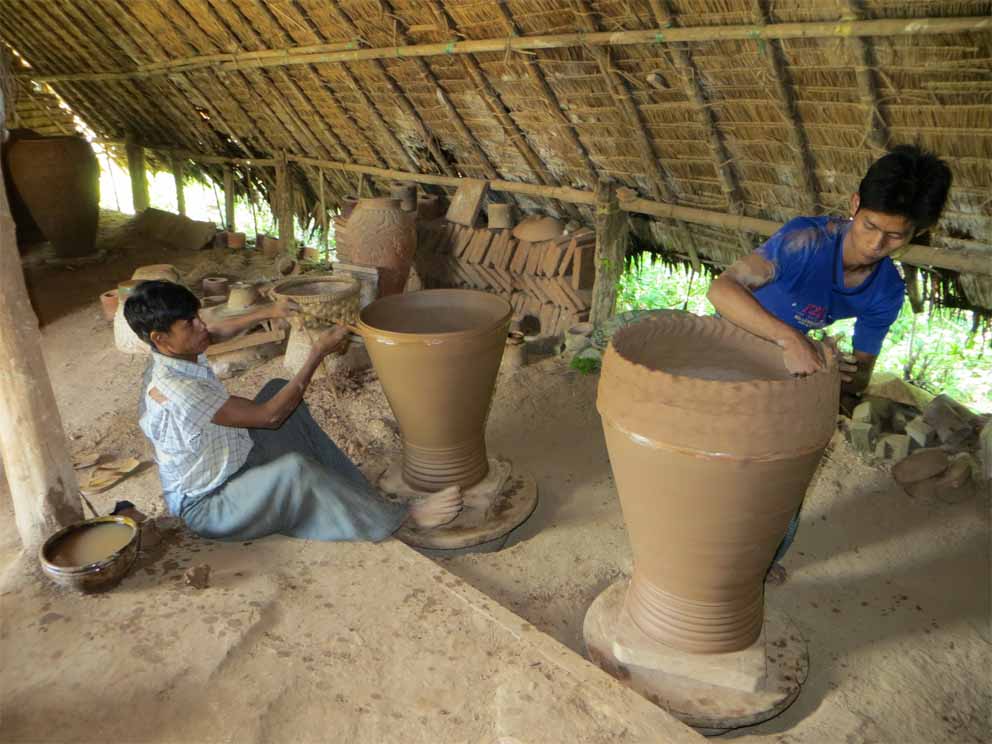Myanmar Arts
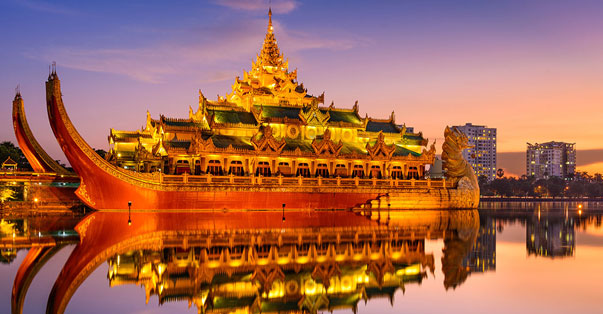
Myanmar is a country full of ancient traditions and culture. From time to time, the Myanmars have adapted different cultures and arts. To describe about the Arts of Myanmar, there are 10 Myanmar traditional arts which are metaphorically called "Ten Flowers".
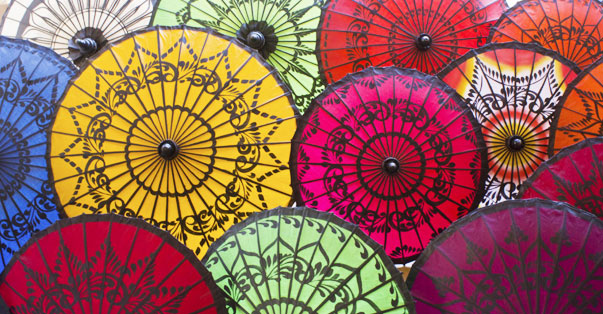
Theses arts have been passed on from one century to another until today. The 10 arts are as follows:
Panbe (the art of blacksmith)
Panbu (the art of sculpture)
Pantain (the art of gold and silver smith)
Pantin(the art of bronze casting)
Pantaut (the art of making floral designs using masonry)
Panyan (the art of bricklaying and masonry)
Pantamault (the art of sculpting with stone)
Panpoot (the art of turning designs on the lathe)
Panchi (the art of painting)
Panyun (the art of making lacquer ware)
We have 166 guests and no members online
Photo Credit - www.lonchaney.org
Hollywood-class movies related to Myanmar (1890-2000)
A "harp" is called Saung in Myanmar. There basically was 2 types: Byat Saung and Saung Gauk (bent harp). There almost is nobody who can play byat saungs these days.
In 10th century AD. musicians used only 5 strings in Myanmar harp. which later increased to 7 strings in 18th century. During King Bodaw Phayar the art of playing harp was much promoted by the king and was improved to using up to 13 strings.Myanmar Musical Instruments
Photo Credit - www.zayyathuya.com
Panchi is the one which illustrates living animals and inanimate objects using different colours. The artists paint the figures of human beings, animals, objects, scenery designs and cartoons. Myanmar traditional painting developed with the religion of Buddhism in the Bagan Region. Thus, Bagan become a repository of ancient Myanmar traditional paintings and sculptures in the 11th century A.D. Because of Myanmar artist’s achievements, we have more
Photo Credit - www.fightland.vice.com
Myanmar Traditional Boxing is a form of kickboxing which originated in Myanmar. Lethwei is in many ways similar to its siblings from neighboring South-East Asian countries such as Tomoi from Malaysia. Pradal Serey from Cambodia and Muay Thai from Thailand. If Thai Boxing is the science of 8 limbs. then Lethwei can be called the science of 9 limbs. due to the allowance of head butts. In comparison. Lethwei can be interpreted as being bolder and more extreme.
credit- www.landofjade.com
The nine gems are ruby. pearl. coral. sapphire. diamond. cat's eye. emerald. topaz and zircon. The Nawarat Ringnawarat. a ring usually of gold with a ruby at its center and around it clock-wise from the twelve o'clock position. diamond. pearl. cat's eye. zircon or pyrope . emerald . topaz . sapphire. and coral.
Photo Credit - www.wikipedia.org
Methods used by gem cutters have hardly changed in hundreds of years. but in Myanmar. the development of the gem industry means there are now more companies exporting expertly cut gems out of the country. The lapidary (someone who is skilled in cutting and polishing jewel and valuable stones)
Photo credit- www.myanmarcelebrity.com
Anyeint is a dance form closely resembling popular theatre. The name of this form is drawn from a Myanmar word meaning “gentle,” which is a fitting description.Although its origins are somewhat unclear, Anyeint is popular in Myanmar today, and is frequently encountered as one of the entertainments provided in connection with the numerous festivals which are an important part in Myanmar life.
Photo Credit - www.wikipedia.org
Pongyi Thaing or Bando Monk System is based on ancient Hindu and Buddhist principles of non-violence. It's a disciplined way of life. It is not a religion. a doctrine or a dogma. It is an integrated system of developing the body. mind and spirit to achieve harmony with oneself. with others. with nature.
Pantamault is the one stones curving. The artisans make Buddha images pole for Sima. pillar. leograph. elephants. deer. circular flat stone. pestle and mortar and table. Sculpture in stone is a significant feature of Myanmar fine arts. has to this day been the pride and honour of Myanmar people. There are sculpture studios or workshops in Yangon. Mandalay and other towns in the country. but the majority of studios are concentrated in Mandalay.
Photo Credit - www.shwemyanmar.info
Mystic Ball is a documentary about the traditional Chinlone sport of Myanmar. The film is a thrilling sports movie. an insightful journey to a new world. and a lyrical personal story.
Panyun means a handicraft which produces materials made of bamboo. wood and thick black varnish (sis-se). Lacquerware artisans produce alms food bowl. bowl for monk. and bowl of pickle tea. lacquer vessel. drinking cup. betel box. and cheroot box. Myanmar traditional lacquerware emerged in the early part of Bagan period.
Photo Credit - www.wikiwand.com
Bando or animal system is the ancient art of self-defense from Myanmar. The earliest meanings of Bando were "self-discipline. self-development. and self-improvement". Later. it came to mean. "Self-protection. or self-defense".
Photo Credit - www.gomyanmartours.com
The complete body of Myanmar classical songs is usually referred to as. the "Maha Gita." meaning great or royal song. The repertoire is also sometimes referred to as "Thachin Gyi." or great songs. These were the songs of the royal Myanmar courts and form the basis of Myanmar classical music. The Maha Gita repertoire is pervasive in the performance of Myanmar music.
Credit - https://www.youtube.com/watch?v=aPZA3DDsibU&fbclid=IwAR1pDFZeRRsBXZVyoWfVxwjxGCyMYHoj5AkOQpVTa2IiydtadsCfCEfzrug
Photo Credit - www.gomyanmartours.com
Pantin is an enterprise producing materials of copper, bronze or brass. The artisans make triangular brass gong, gong, and brass bowl for monk, weights in the shape of brainy ducks, tray, copper pot, cup bowl, cymbal, bell jingle bell and small brass gong. Myanmar’s traditional coppersmith’s craft emerged before Bagan period and it improved during Bagan and Inwa period. Every pagoda in Myanmar has bells, which were struck to tell the people of good deeds done.
Photo Credit - www.myanmartravelguide.blogspot.com
Panyan is an enterprise which constructs the buildings using bricks, stones and cement. The masons build brick houses, Pagoda, bridges. Myanmar’s traditional masonry works enjoys world wide renown for the ancient Pagodas and other religious buildings around the Bagan region.
Photo Credit - www.gomyanmartours.com
Panpoot is an enterprise to make wooden utensils turning on turners lathe. Such as making shaft of umbrella, table legs, and legs of bed and turnery posts for Pavilions and railings. Myanmar’s traditional crafts of a turner emerged in the Bagan period in the 8th century A.D. The craft of a turner is an art which is made by rubbing the woods on the turner’s lathe. Craft of a turner artists based on the traditional styles of Bagan,
Photo Credit - www.myanmarembassydhaka.com
Panbu means the one which produces figures and floral designs made of wood or ivory. The artisans make the figure of human beings and animals and floral designs. Myanmar’s traditional sculpture emerged before the Bagan period and it improved in the middle of Bagan Era.
Photo Credit - www.wolfeeboy.wordpress.com
Pottery has been the earliest craft in the history of human civilization. People in the terrain area had began to make use of pots. which could be easily and cheaply produced. Although pots are fragile. these can be made use in many useful ways. Pots were not only used to store or cook food but also as burial urns to bury gold and jewelleries.
